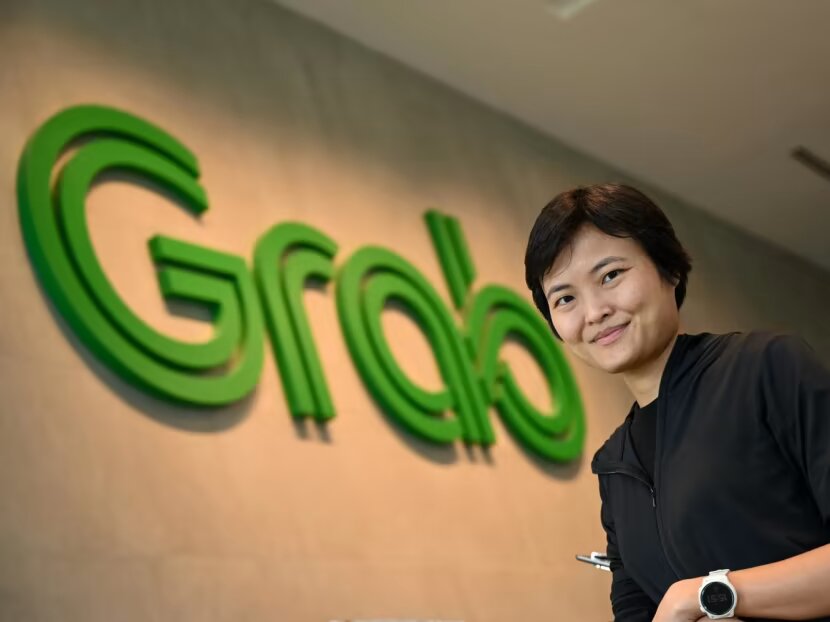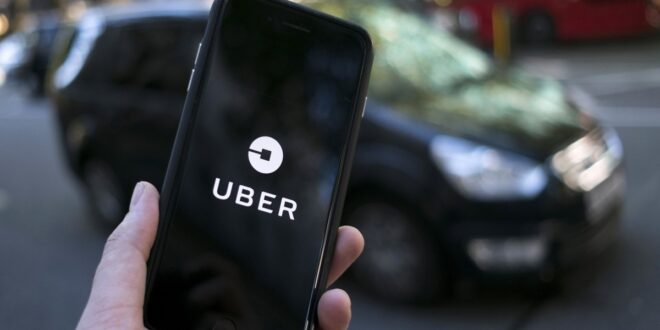Grab co-founder Tan Hooi Ling to step down from operational roles
Tan Hooi Ling, a co-founder of Singapore-based Grab Holdings Ltd, announced on Thursday that she will leave her operations position at the ride-hailing business by the end of this year. Hooi Ling, who started Grab in 2012 alongside CEO Anthony Tan, will move into an advising position, the business announced.

Tan stated in an internal message to staff that Hooi Ling will also give up her board directorship and that her succession plan has been in place for some time. An idea for a 2011 Harvard Business School venture challenge inspired Tan and Hooi Ling to create Southeast Asia’s largest ride-hailing and food delivery company.
Also Read: Micron expects revenue impact following China ban
Hooi Ling won’t be replaced right away, according to CEO Tan’s memo. Later this year, the nominating committee will consider individuals to strengthen the board. She has been a board member since the company’s public listing in December 2021 and presently serves as the head of Grab’s technology section.
Tan Hooi Ling is one of the co-founders of Grab, a Southeast Asian ride-hailing and on-demand delivery company. She, along with Anthony Tan, launched Grab (originally known as MyTeksi) in 2012. Tan Hooi Ling served as the Chief Operating Officer (COO) of Grab until 2020.
As COO, she was responsible for overseeing the day-to-day operations of the company, ensuring smooth service delivery, and driving strategic initiatives. She was known for her operational expertise and played a pivotal role in expanding Grab’s services beyond ride-hailing to include food delivery, digital payments, and more.
Throughout her tenure at Grab, Tan Hooi Ling made significant contributions to the company’s success and helped shape its growth trajectory. She played a crucial role in building strategic partnerships, securing funding, and driving Grab’s expansion into new markets.
She has been recognized for her contributions to the industry and has received several accolades, including being named in Forbes Asia’s 2017 list of “30 Under 30” and Fortune’s 2018 “Most Powerful Women International” list.
Grab operates primarily in Southeast Asia, serving over 400 cities in countries such as Singapore, Malaysia, Indonesia, Thailand, Vietnam, and the Philippines. It has become one of the leading super-app platforms in the region, offering various services through a single mobile application.
Also Read: Australia hits buy-now-pay-later sector with consumer credit law
Over the years, Grab has secured significant funding from investors and has engaged in strategic partnerships with other companies. It has also acquired several businesses, including Uber’s Southeast Asian operations in 2018. Grab has attracted significant funding from various investors, including SoftBank, Toyota, and Didi Chuxing, among others.
In 2021, Grab went public through a merger with Altimeter Growth Corp, a special purpose acquisition company (SPAC). The merger valued Grab at around $39.6 billion, making it one of the largest SPAC deals in history.

I am a law graduate from NLU Lucknow. I have a flair for creative writing and hence in my free time work as a freelance content writer.










